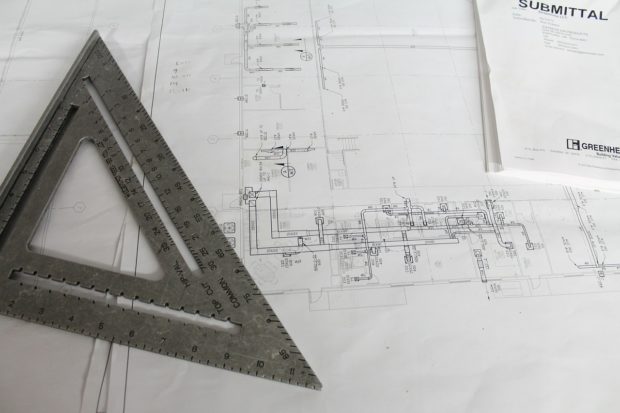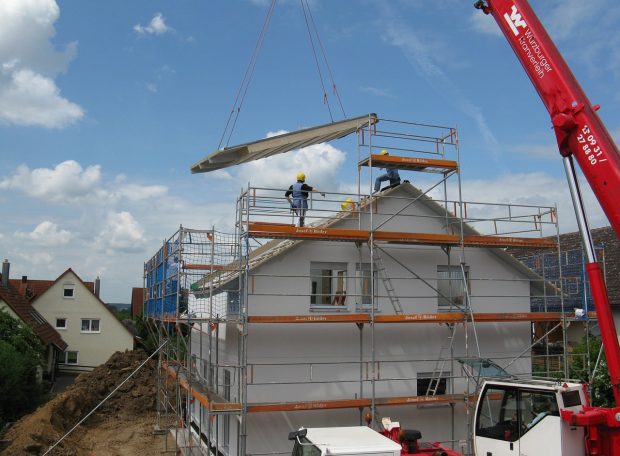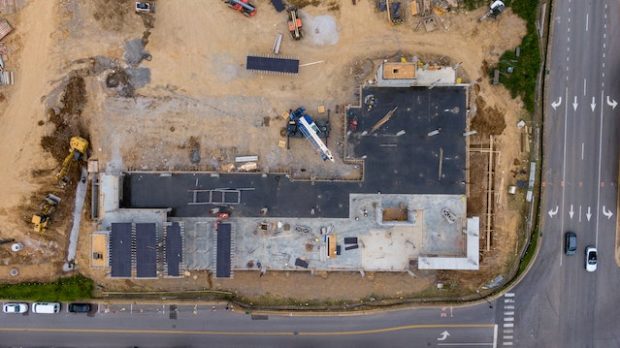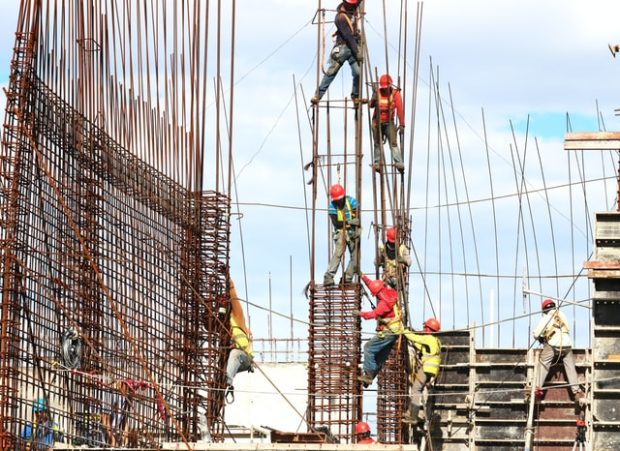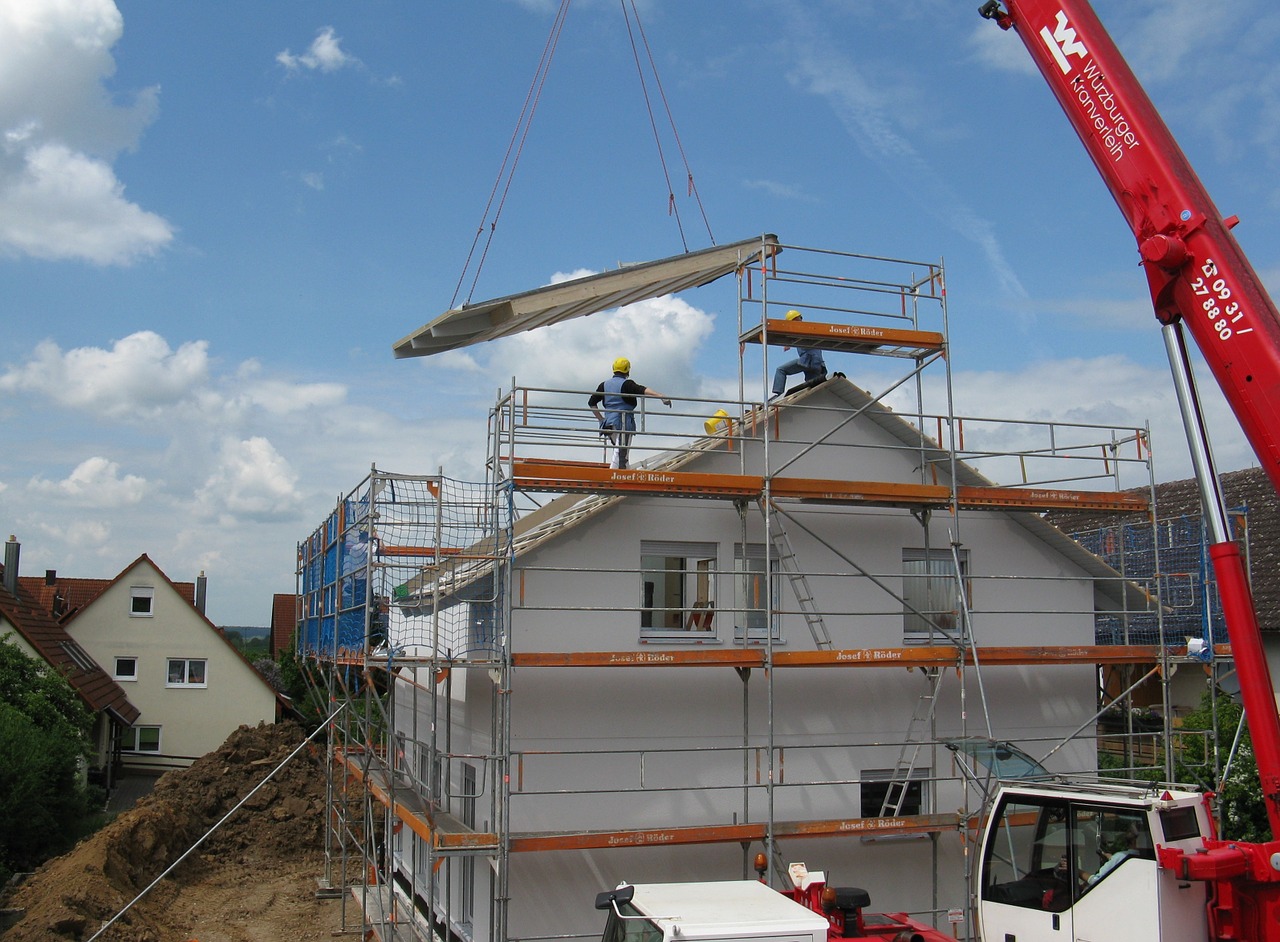Founding Father Benjamin Franklin first coined the phrase, “time is money,” in an essay published in 1748. This famous saying endures in the American psyche three hundred years later—and for a good reason.
Time is money. When a construction project is late, employees must work longer, site overhead increases, and late fees or other unanticipated expenses can arise. No one wants a build to take longer than it should, and site efficiency is critical to ensuring projects are completed on time.
But efficient job sites aren’t just about saving time and money. They also provide a safe, healthy workplace for employees. A site without efficiency is a site without safety. So how can you maximize efficiency on a construction site? Here are five tips to become more productive today.
Invest in the right tools
One of the defining features of a construction site is the many tools and pieces of equipment needed to get the job done. But more tools and equipment doesn’t always mean more efficiency.
You see, it’s the type of tools you have that matters. Consider, for example, if you had several high-walled, immobile dumpsters around the site. Are they the best fit for your project? Probably not; they’re clunky and hard to use and move. Instead, you should’ve invested in low profile hoppers you can move around from job to job.
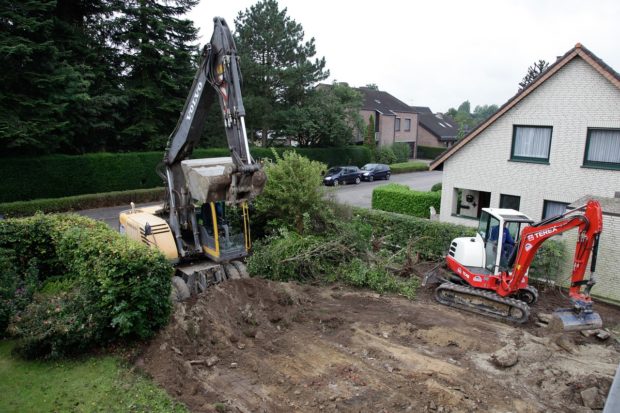
This is how you need to think when making important decisions about tools and equipment. When you’re selecting tools for your site, keep a few things in mind:
- Look for tools that have multi-tasking ability
- Stick with proven, high-quality brands
- Implement a maintenance schedule
- Don’t be lured in by low prices; you always get what you pay for
- Investing in high-quality tools and equipment makes employees feel valued and safe
Plan to get enough tools and equipment to cover your entire job site, and set aside funds for repairs and replacements. Failing to account for these costs could leave you over budget and without the necessary tools to complete the job efficiently.
Plan with BIM
Building Information Modeling (BIM) is a new project planning tool every site must engage to operate as efficiently as possible. This product of the digital revolution is the new standard for planning in the construction industry. BIM is a process of creating a virtual representation of your project that includes physical and functional characteristics.
Using BIM to plan your next project will increase accuracy, efficiency, and profitability. Here are a few of the benefits of BIM:
- Project Modeling: BIM offers unparalleled project visualization that informs a results-driven project timeline. With BIM modeling, project managers can gain a sophisticated understanding of their project in a way standard architectural drawings and blueprints can’t.
- Cost Estimation: Creating a budget is one of the most essential parts of project planning. BIM takes the guesswork out of budgeting by allowing general contractors to take cues from the model. Contractors can classify even the smallest costs to the correct cost center and create accurate bids with agility.
- Managing Stakeholders: There are many players in large construction projects. To name a few, owners, sponsors, lenders, local and state governments, general contractors, subcontractors, and suppliers. BIM helps you stay on top of your agreements and ensures effective communication throughout the project timeline.
- Streamline Requests: A job site is a busy place, and the larger the area, the more challenging it can be to manage the subcontractors. BIM streamlines communication with the subcontractors and other site employees to ensure everyone is on the same page.
- Change Orders Management: Change orders are a certainty in construction, but the uncertainty about their impact is what really wrecks productivity. BIM processes help anticipate changes before they happen, preventing disruptions often caused by change orders.
- Optimize Labor Efficiency: Labor is a fluid factor that can easily derail a site’s efficiency. BIM helps reduce these fluctuations so labor productivity remains high throughout the project.
Although many in the construction industry need to catch up to the digital changes occurring in this sector, using BIM is absolutely essential. This project management tool streamlines many issues that were once game-changing and keeps construction sites running smoothly from start to finish.
Embrace Prefabrication
Much like BIM, prefabrication is another trend in the construction sector that’s here to stay. Prefabricated or modular buildings are created, in part, off-site, then shipped to the job for final assembly and completion. Buildings can come together with a few large parts instead of being built from scratch.
Not only does this dramatically reduce build times, but it also saves money and increases productivity. Modular builds are safer and present fewer chances for employees to get hurt on the job.
In 2021, there were more than 1,000 on-the-job fatalities in the construction industry. Prefabrication can reduce this unfortunate statistic and help make employees feel safer. Regrettably, 67% of construction workers think construction companies prioritize productivity over safety. Anything you can do to reverse this trend will improve morale—and efficiency—in a big way.
Provide Training
Training is another way you can demonstrate how much you value safety on the job site. And even if you already offer a robust training program, you need to do more. More than half, 55% of construction workers, believe they need more safety training.
Hiring a training manager to oversee your safety and training program. Ensure they address every aspect of safety on the job site and offer specific training modules for employees tasked with operating particular types of equipment.
Make the essential training modules are mandatory for every employee on the job site, including supervisors. Workers seeing their superiors participate boosts buy-in and increases adoption of safety precautions.
Remember, every dollar you spend on training will save you about $5 in time-loss accidents, workers comp, and other expenses. So don’t be afraid to invest big to keep your team safe and productive.
Make Goals and Offer Rewards
Want to really make your team efficient? Set some goals! Goals and rewards are a wonderful way to encourage productivity while promoting safety, a win-win!
You could create goals and rewards for reaching specific benchmarks by a set time or even for maintaining a certain level of safety onsite. For example, you could offer $50 gift cards to every team member whenever a significant milestone is met on time. Or, you could even buy the entire site pizza every week that goes by without a time-loss injury.
Every team is different, so brainstorm to consider what incentives your staff would like.
Think you have what it takes to cultivate an efficient job site? With these five tips, you’ll be well on your way to staying safe and productive so you can complete your job with few accidents and time to spare.

